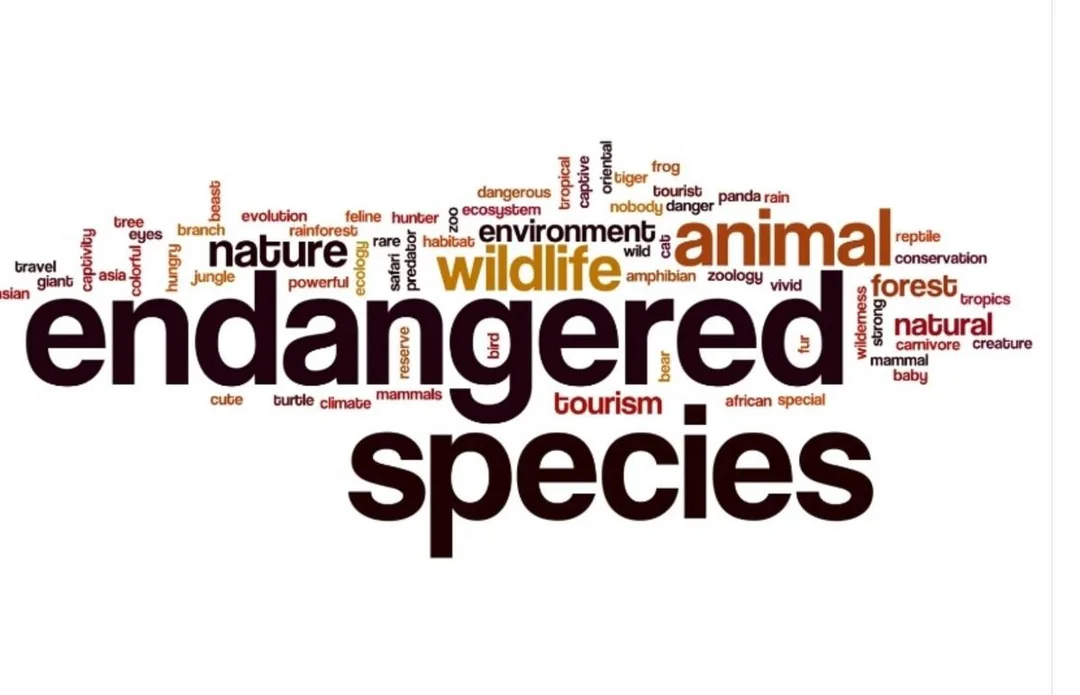
Conservation in Motion: New York Updates Vulnerable Fish and Wildlife List After 25 Years
In a move stirring both relief and renewed urgency among conservationists, New York State has rolled out a long-awaited update to its list of endangered, threatened, and special concern species — for the first time since 1999. The state Department of Environmental Conservation (DEC) announced sweeping changes on Wednesday that echo the twin stories of hope and challenge facing the region’s aquatic wildlife.
The ripple effects are deeply felt in the storied waters of the Adirondacks. Here, species such as the round whitefish are making comebacks strong enough to shift from "endangered" to "threatened" status, thanks to dedicated restoration efforts. According to the DEC, the adult round whitefish typically measures 8-12 inches, yet can stretch close to two feet in length — a reminder of the resilience built into nature if given a fighting chance.
Other species, like the lake whitefish and burbot, have now been flagged as "species of special concern" after being previously unlisted. Warming waters, spurred on by the relentless advance of climate change, have left their habitats vulnerable. This dual reality — of successful intervention and emerging threats — defines the new listings. The DEC’s Acting Commissioner Amanda Lefton emphasized, "Protecting the most vulnerable fish and amphibian species is paramount to ensuring long-term biodiversity and preserving New York’s natural resources."
The recent changes, finalized after a robust public comment process that drew in more than 1,300 responses, reflect both scientific consensus and community engagement. Notably, improvements in species like the bluebreast darter and Eastern sand darter are linked to better water quality and ongoing habitat protection — an endorsement for continued stewardship. Yet for minnows, longnose suckers, and others, the outlook remains uncertain due to encroaching threats from climate change and invasive species.
This overhaul is just the beginning. In the coming months, the DEC will address additional groups — amphibians, reptiles, invertebrates, birds, and mammals — as a new rulemaking process unfolds. During public hearings, voices advocated not only for stricter protection but also for the addition of iconic predators like lynx, cougars, and wolves to New York’s wildlife action plan.
Behind much of the reporting is veteran climate and wildlife journalist Mike Lynch, whose hands-on experiences as both a reporter and licensed outdoor guide uniquely position him to narrate these critical transitions. As New York’s updated species list goes live, the legacy of community action and scientific review sets the tone for wildlife management in a rapidly changing world.
The question now: Will decisive conservation and restoration keep pace with intensifying environmental pressures? Tell us your thoughts — how can New York balance protection with adaptation in the face of climate change? Leave your comments below and be part of the conversation.